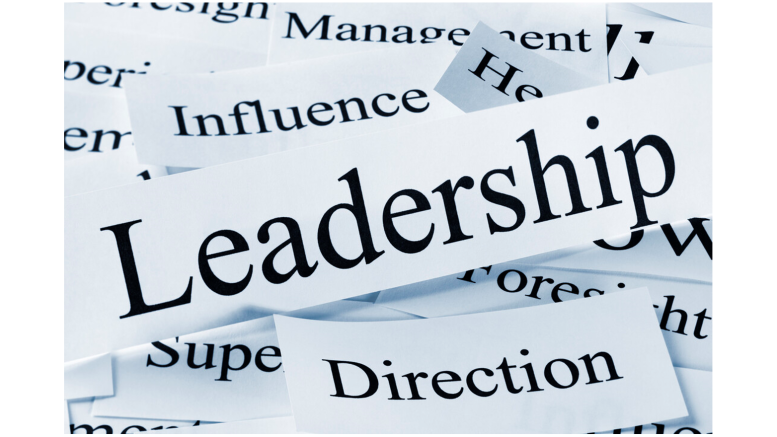In my ongoing journey of doing my PCC (Level 2) from ICF, I have been studying deeper aspects of values and practices that help us become better leaders. One of them is Empathy and the deeper essence of it. Empathy is not a one-day job, it needs self-awareness and reflective thinking on a consistent basis to practice and imbibe in one’s environment. Empathy is a powerful tool that needs to be felt within.
Allow me to share below five points from my experiences till now and you will also observe the connection between each of these points as none of the points are siloed. Essential it happens as a snowball effect if point number one is done well and with patience.
- Building Trust as the Unique Currency
This is a process that must flow top down and trust must be built and nurtured consistently internally in an organisation as this must reflect from within the organisation.
That is how customers, clients best recognise it. An integral part of organisational culture, the starting point for this is active listening in any conversation. Be it product led company or service led, the trust is a process that gets built in the process with internal and external stakeholders with genuine interest to listen, undercome and overdeliver. Look at the ‘situation’ of the person rather than judging the person during conversations. That’s more because judging someone does not lead anywhere.
- Encouraging Innovation
Here focus on building cohesiveness and servant leadership style becomes important.
Cohesiveness has its own importance. When the first point of building trust is a gradual success, the cohesiveness automatically improves and once this improves, people in the team start having an innovation mindset. It could even be to the effect of how we can reduce the turnaround time of a particular process.
- Building camaraderie & healthy competition
Once cohesiveness is a part of the DNA, it automatically builds deeper camaraderie. I have observed that with point one and two in place, colleagues become driven by stimulating conversations rather than unnecessary useless talk and politics. I have actually observed our water cooler (actually coffee machine) conversations also are towards a goal and solution. So if one team sees another team doing innovative work while also getting recognised, this creates a ripple effect and there is exciting competitiveness among teams which promotes best practice sharing as well as cross team positivity. Again, the spinal cord here is empathy.
- Improved decision making
From my above three points, I realised during the past years of practice that decision making can’t be taught. It needs to go through a process where there is no fear of failing and we fail fast and understand why a particular decision did not span out well. So, if we start these practices early in any organisation, better decision making and ownership at all levels start happening, which actually is a good sign for the top management. Now, whenever I need to take decision, I keep these 5 things in mind- employees, customers, business, our values and our broader goal.
- Better talent and retention
This, however, is the most difficult of all challenges and more to do with how we have interview discussions and how HR onboards and inducts. People who know my approach to interviews, I do not go by resume. It comes handy just to take a glimpse of certain technical aspects. I would rather have a conversation to know all-possible sides of the individual and to get a deeper understanding of the human behind the resume. This works well when built as a standardised process across the organisation. Yes, there could be a separate technical round, but that needs to be only checking the technical application of knowledge rather than just knowledge.
6. Potential pitfalls or challenges associated with being an empathetic leader
Well, empathy at times may be perceived as being vulnerable. My take is being vulnerable is normal. It’s high time leaders shout out that it is okay to be vulnerable at times. People identify with basic aspects of working in a tribe, vulnerability, ownership, strength and more such. My goal as a leader is to have a sustainable purpose that my team will feel belonged to as a cause and we keep having structured discussions from time to time and recognise people for even small wins, achievements. Any leader must listen well before speaking well.
What helps me think better is asking deeper (reflective) questions that detach the conversation/ situation from the superficial cause (which may be at the first go most of the times) and look at the ‘why’, it becomes easier. However, for this practice, “listening” to be in that moment is crucial, which takes intense practice.
The views and opinions published here belong to the author and do not necessarily reflect the views and opinions of the publisher.



Be the first to comment on "Top Six Ways Empathy is a Catalyst for Effective Leadership"